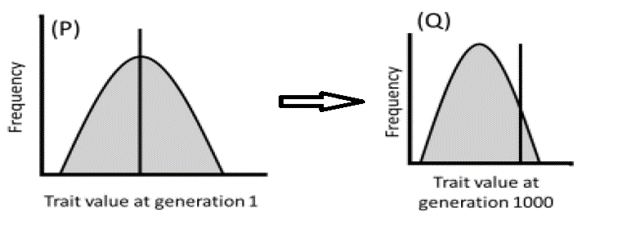TLS Online TPP Program
More Questions
TLS Online TPP Program
#Question id: 3907
#Unit 3. Fundamental Processes
Which of the following is true about transcription?
TLS Online TPP Program
#Question id: 3908
#Unit 3. Fundamental Processes
Which of the following is correct?
TLS Online TPP Program
#Question id: 3909
#Unit 3. Fundamental Processes
The template strand of DNA is copied by RNA polymerase from
TLS Online TPP Program
#Question id: 3910
#Unit 3. Fundamental Processes
RNA polymerase uses the __ strand of DNA in transcription.
TLS Online TPP Program
#Question id: 3911
#Unit 3. Fundamental Processes
When a sequence of double-strand DNA is displayed
TLS Online TPP Program
#Question id: 3912
#Unit 3. Fundamental Processes
Which of the following are incorrect matches for the given genes?

